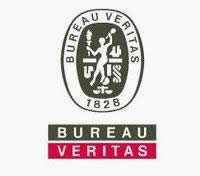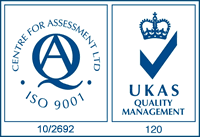Food poisoning and refrigeration
19/07/2011
Viruses account for most food poisoning cases where a specific contaminant is found. As with all cases of food poisoning good hygiene and basic food storage principles where is used can prevent cases of norovirus.
Noroviruses
Symptoms usually resolve in two to three days of when a norovirus has been contracted. Noroviruses are actually a group of viruses that cause a mild illness (often termed "stomach flu") with nausea, vomiting, diarrhoea, abdominal pain, headache, and low-grade fever. It is the most common viral cause of adult food poisoning and it comes into human from water, shellfish, and vegetables contaminated by faeces, as well as from person to person. This is why hygiene is such an important part of food handling as is effective commercial refrigeration. Food stuff stored together is a refrigeration situation need to be stored in the correct way. Partly to stop cross transmission but also to ensure that the food isn't subject to picking up viruses that cause food poisoning. Caterers are now routinely required to complete courses on effective refrigeration and can be subject to spot check if consumers’ become ill from eating products prepared at licensed premises.
Outbreaks are more common in densely populated areas such as nursing homes, schools, and cruise ships (hence the viral infection is also known as the "Cruise Ship Illness"). The term Norovirus has only recently been seen and accepted as the official term for this group of viruses. Several other names have been used for Noroviruses, including Norwalk-like viruses, caliciviruses (because they belong to the virus family Caliciviridae), and small round structured viruses.

























